Cataract surgery
This is one of the most frequently performed surgical procedures in the world. The surgery involves:
- Administering a local anaesthetic to the eye(s)
- Making a tiny 2–3 mm incision in the outermost layer of the eye (the cornea)
- Making an evenly round incision in the ‘bag’ (capsule) containing the affected lens
- Breaking up the affected lens into smaller pieces with an ultrasound
- Removing these pieces with a vacuum and flushing the lens capsule to clean it
- Inserting and accurately positioning a clear artificial replacement lens (known as an intraocular lens or IOL).
The new lens can’t be felt once placed inside the eye. When a lens is replaced, it is not possible to develop another cataract.
The operation itself takes less than 30 minutes and can be performed in a day surgery or in hospital. At Vision Eye Institute, your procedure will be performed in one of our fully equipped, accredited, state-of-the-art day surgeries.
Laser cataract surgery
Laser-assisted cataract surgery is an alternative technique that uses a femtosecond laser to help with parts of the procedure. It is also known as FLACS, which stands for femtosecond laser-assisted cataract surgery.
Both traditional and laser-assisted cataract surgeries are safe and effective, with similar visual results for most people.
FLACS may be a slightly safer option if you have a higher risk of developing complications – for example, if the fibres holding your lens in place are weak, or you are taking certain medications.
Learn more about the difference between cataract surgery and laser cataract surgery.
Refractive lens exchange
This is also known as clear lens extraction or lens replacement surgery. Using the same technique as for cataract surgery, the dysfunctional natural lens (with no cataract present) is removed and replaced with an artificial intraocular lens (IOL) to correct vision. Most surgeons recommend using a laser when performing refractive lens exchange.
People under 45 are usually not suitable candidates for this type of procedure. This is because the body’s natural lenses are better than any of the replacement lens options that are currently available. A laser eye surgery procedure is usually the better option in these cases. Your ophthalmologist will discuss the vision correction options best for you.
Replacement lens options
Artificial intraocular lenses (IOLs) are made of soft, flexible plastic and are used to replace your body’s natural lens. They can also be used to correct pre-existing refractive errors, such as short-sightedness, long-sightedness and/or astigmatism (blurry vision due to an abnormally shaped cornea or lens).
There are a number of replacement lens options available – the lens you choose will influence whether you still require glasses for certain activities following surgery.
- Monofocal lenses allow clear vision at a single distance (i.e. near/reading or far). Following surgery, glasses will still be required for certain tasks.
- Multifocal lenses allow clear focus at more than one distance but have a higher risk of visual side-effects (e.g. glare and halos around lights).
– Bifocal lenses allow clear focus at two distances (near/reading and far), but glasses are likely to be required for intermediate distances (e.g. computer work).
– Trifocal lenses allow clear vision at three distances (near/reading, intermediate and far). Glasses are often not required for standard day-to-day activities following surgery. - Extended-depth-of-focus (EDOF) lenses represent the latest in lens technology. In these lenses, a single focal point is stretched to increase the range of clear vision. After surgery, patients will typically have good unaided distance and intermediate vision, with functional near vision. Glasses may still be required for some near tasks. EDOF lenses have less issues with unwanted visual side-effects.
- Toric lenses are used to correct astigmatism, where an abnormally shaped cornea or lens causes blurry or distorted vision.
A premium lens refers to the more sophisticated lenses that offer greater flexibility and individual customisation. Trifocal and EDOF lenses are good examples of premium lenses. Patients should note that bifocal and trifocal lenses involve some visual compromise, meaning that they aren’t ideal for everybody. If you are quick to notice visual imperfections or don’t mind wearing glasses, monofocal lenses are usually a better choice.
Your ophthalmologist will discuss the advantages and disadvantages of each lens type and help you select the right one for your needs. They will provide you with the full cost during your consultation, once you have chosen your preferred lens option.
Implantable (phakic) lenses
Implantable lenses (sometimes called implantable contact lenses) are tiny, flexible lenses designed to be placed semi-permanently within the eye. The lens is inserted via a tiny incision in the cornea – once inside it unravels and sits in front of the natural crystalline lens. Sutures are not required and the eye heals in a few weeks.
This procedure is reversible – the implantable lens can be removed at a later stage should another lens procedure (such as cataract surgery) be required. People who have a high degree of short- or long-sightedness may not be suitable for laser eye surgery. But, if their eyes are otherwise healthy and they are between 18 and 50 years old, implantable lenses may be an option.
These lenses cannot be felt, require no maintenance and can achieve good quality vision. Yearly check-ups are required to ensure that the lens stays in position, the pressure inside your eye remains normal and your natural lens is healthy. The surgery to fit implantable lenses is more involved than that for laser eye surgery so the benefits/risks must be considered carefully before proceeding.
Monovision/blended vision
This involves correcting one (usually the dominant) eye for distance vision and the other eye for reading/near vision. When looking into the distance, your brain pays more attention to the eye that is focussed for distance and vice versa when looking at close objects (i.e. your brain relies more on the eye that is focussed for near distance). Overall, the images from both eyes are processed by your brain as one blended image.
Many people who have monovision find that they adjust within a matter of days and many can get rid of their glasses. Before proceeding with surgery, your ophthalmologist will usually get you to trial a set of contact lenses to make sure you can adapt to the change.
Monovision can be achieved using laser eye surgery (e.g. LASIK or ASLA/PRK) or artificial lenses (e.g. replacement lenses or implantable phakic lenses).
What to expect on the day of surgery
Cataract and lens surgeries are performed as day procedures at one of our dedicated day surgery facilities. You will receive detailed instructions about fasting and taking medications prior to your surgery.
On the day of your surgery, your pupil will be dilated using eye drops and your eye will be prepped for surgery. You may also be given a mild sedative. A local anaesthetic will be applied to your eye and you will be operated on in the laser suite and/or operating theatre. Once the surgery is complete, a protective cover will be placed over your eye.
You will then be moved to the recovery area and offered something to eat and drink. After resting, you will be able to go home – you will not allowed to drive home or take public transport so remember to arrange for someone to pick you up. You will be discharged with eye drops and instructions on how to use them and also how to clean around your eye. It’s normal to experience some discomfort, including itching, sensitivity to light and a slight discharge. If you have had a previous allergic reaction to eye drops, let your surgeon know.
A follow-up appointment is normally scheduled within 48 hours of the operation to make sure your eye is healing properly.
See our post-cataract surgery guide to find out what to expect after surgery.
When should I have cataract surgery?
A person with cataracts does not have to have surgery. However, left untreated, cataracts will eventually cause significant visual impairment that may interfere with your ability to perform everyday activities, which can reduce your quality of life. This may include an inability to perform tasks that require fine-detail vision or drive (especially at night). A recent Australian study has also shown that living with cataracts increases your risk of having a fall.6
If you choose to have cataract surgery, the timing will depend on the type and stage of your cataracts, as well as your personal circumstances and quality of life.
In the past, people could only have cataract surgery once their cataracts were mature and causing significant vision impairment. Advances in technology mean that cataract surgery can now be performed much earlier, when cataracts are causing subtle vision changes or affecting a person’s quality of life.
Your cataract surgeon will give you all the information you need to help you decide if/when to have treatment.
Potential complications
Once the affected lens is replaced, it is not possible to develop another cataract. However, a further enhancement procedure may sometimes be recommended to achieve even clearer vision.
The most common potential complication of cataract and lens surgery is posterior capsule opacification (PCO), a thickening of the back of the capsule that the lens sits in. This can also cause cloudy vision but is easily treated as an outpatient using a YAG laser and eye drops. The YAG laser removes the cloudy part of the lens capsule to allow light to pass through.
Other complications include dislocation of the replacement lens, inflammation of the eye, sensitivity to light, droopy eyelid (ptosis), swelling of the cornea, bleeding in the front of the eye and swelling of the part of the retina responsible for central vision (macular oedema). Most of these are minor/temporary and can be treated with no long-term effect on vision. Serious complications from cataract surgery are possible but unlikely.
Your doctor will discuss the benefits and risks with you so that you can make an informed decision about surgery.
Why choose Vision Eye Institute?
Our mission is to remain at the forefront of technology and clinical research to ensure the best outcomes for our patients. As one of the largest providers of ophthalmic services in Australia, we are able to ensure that our clinics are equipped with the latest state-of-the-art technology. The Vision Eye Institute research unit is overseen by a full-time research coordinator. Our ophthalmologists are regularly invited to participate in international trials and present at international conferences.
Vision Eye Institute surgeons were the first in the Southern Hemisphere to use the state-of-the-art LenSx laser to perform laser cataract surgery. Within the first six months of installing this laser, our surgeons had performed the most laser cataract surgeries in the world. They have also published numerous peer-reviewed articles in this area.
Our ophthalmologists perform cataract surgery and lens surgery in Sydney, Melbourne, Brisbane, Townsville and Mackay.
Self-funded cataract surgery – no private health insurance needed
Clinic team
NSW
-
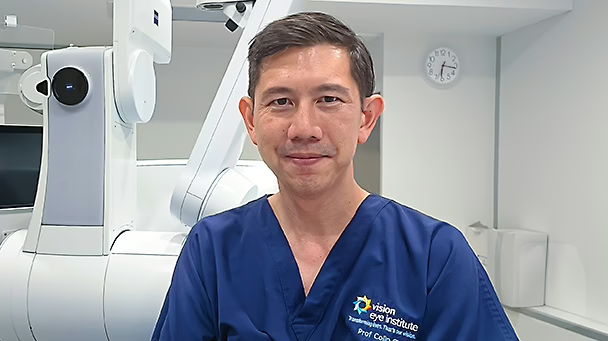
Prof Colin Chan
MBBS(Hons) MPhil FRANZCO
Locations
- Chatswood
Book a consultationwith Prof Colin Chan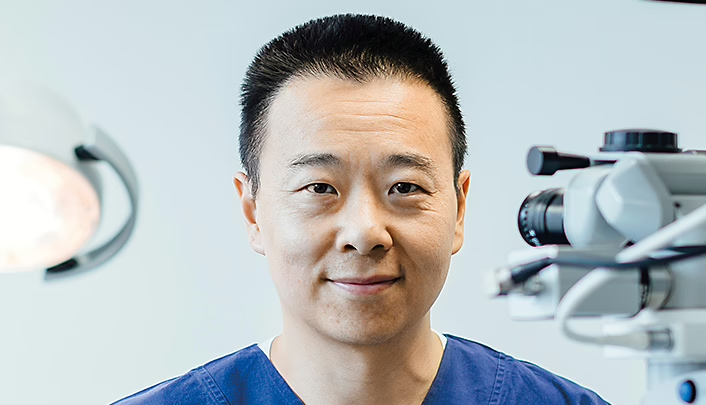

Dr Jason Cheng
BSc MBBS FRCOphth FEBO FAMS FRANZCO
Locations
- Hurstville
Book a consultationwith Dr Jason Cheng
Dr Christopher Go
BMed MD MPH MMed FRANZCO
Locations
- Drummoyne
- Hurstville
Book a consultationwith Dr Christopher Go
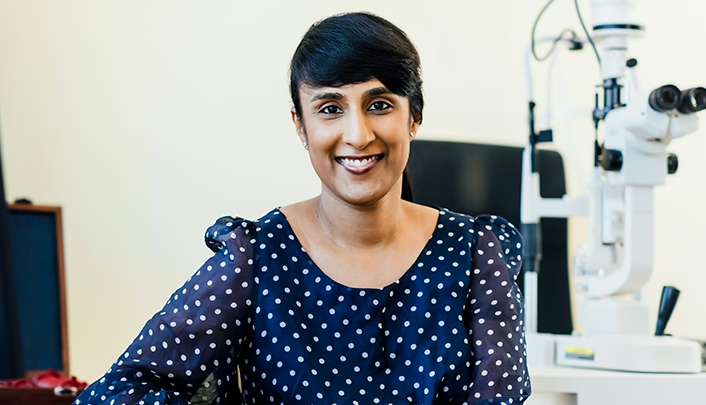
Dr Rushmia Karim
BSc MBBS MMed(OphthSc) MMed(ClinEpi)(Hons) Genomics(PGcert) FRCOphth FRANZCO
Locations
- Chatswood
- Drummoyne
- Tuggerah Lakes
Book a consultationwith Dr Rushmia Karim

A/Prof Tim Roberts
MBBS MMed FRANZCO
Locations
- Chatswood
Book a consultationwith A/Prof Tim Roberts

Prof Gerard Sutton
MBBS MD FRANZCO
Locations
- Chatswood
- Hurstville
Book a consultationwith Prof Gerard SuttonQLD
-
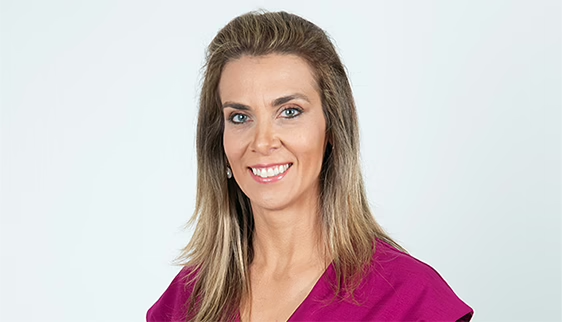
Dr Simone Beheregaray
MD PHD FRANZCO
Locations
- North Adelaide
- Windsor Gardens
- Whyalla
- Brisbane
Book a consultationwith Dr Simone Beheregaray
SA
-
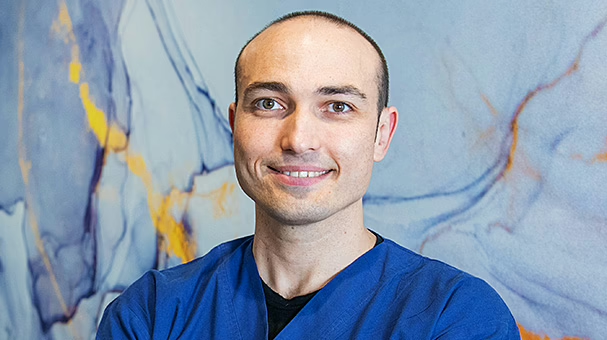
Dr Paul Athanasiov
MBBS FRANZCO MMed (OphthSc) MOphth
Locations
- North Adelaide
- Windsor Gardens
- Kurralta Park
Book a consultationwith Dr Paul Athanasiov
Dr Simone Beheregaray
MD PHD FRANZCO
Locations
- North Adelaide
- Windsor Gardens
- Whyalla
- Brisbane
Book a consultationwith Dr Simone BeheregarayVIC
-

Dr Uday Bhatt
MBBS DTMH DO MSc(EBP) FRCSEd FRCOphth FWCRS FRANZCO
Locations
- Camberwell
- Coburg
- Footscray
Book a consultationwith Dr Uday Bhatt
Dr Jeremy Diamond
MB ChB, PhD, FRCS, FRCOphth, FRANZCO
Locations
- Boronia
Book a consultationwith Dr Jeremy Diamond
Dr Philip Hoffman
MBBS(First-class Hons) FRANZCO M Health Ethics Member of ANZSRS
Locations
- Camberwell
- Footscray
Book a consultationwith Dr Philip Hoffman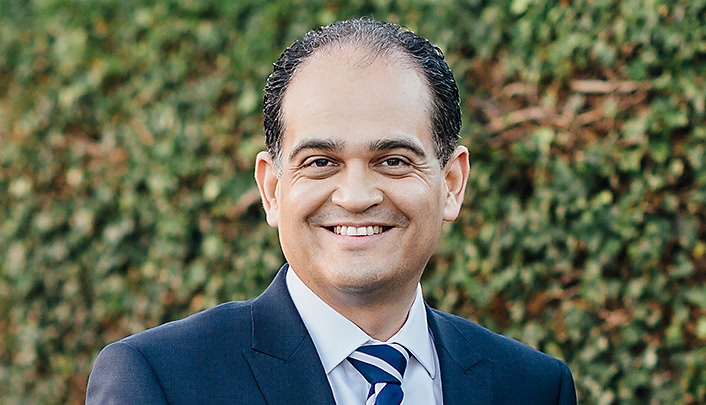
Dr Alex Ioannidis
MBBS FRCOphth FRANZCO
Locations
- Blackburn South
- Camberwell
- Coburg
Book a consultationwith Dr Alex Ioannidis
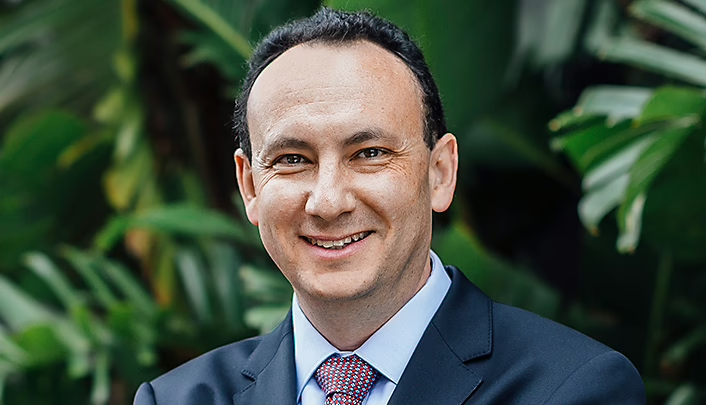
Dr Lewis Levitz
MBBCh MMed FCS(SA)(Ophth) FRCSEd FRANZCO
Locations
- Blackburn South
- Camberwell
- Coburg
Book a consultationwith Dr Lewis Levitz
Dr Eric Mayer
BMBCh PhD FRCOphth FRANZCO
Locations
- Box Hill Retinal Clinic
Book a consultationwith Dr Eric Mayer
Dr John McKenzie
MBBS FRACS FRCOphth FRANZCO
Locations
- Footscray
Book a consultationwith Dr John McKenzie

Dr Raj P Pathmaraj
MBBS DO MRCOphth MMed FRCSOphth FRANZCO
Locations
- Blackburn South
Book a consultationwith Dr Raj P Pathmaraj
Dr Christolyn Raj
MBBS(Hons) MMed MPH FRANZCO
Locations
- Blackburn South
- Camberwell
- Coburg
Book a consultationwith Dr Christolyn Raj
Dr Joe Reich AM
MBBS DO FRACS FRANZCO
Locations
- Camberwell
- Melbourne
Book a consultationwith Dr Joe Reich AM

Dr Mei Tan
MBBCh BAO PhD FRCOphth FRANZCO
Locations
- Camberwell
- Coburg
Book a consultationwith Dr Mei Tan
Prof Rasik Vajpayee
MS FRCSEd FRANZCO
Locations
- Blackburn South
- Camberwell
- Coburg
- Melbourne
Book a consultationwith Prof Rasik Vajpayee
Dr Aaron Yeung
MBBCh, PhD, FRCOphth, FRANZCO
Locations
- Footscray
Book a consultationwith Dr Aaron Yeung
Dr Brian Ang
MBCHB FRANZCO FRCOPHTH FRCSED (OPHTH)
Locations
- Blackburn South
- Footscray
Book a consultationwith Dr Brian Ang
Dr Sky Chew
MBBS BMedSc MMed FRANZCO
Locations
- Boronia
- Box Hill Retinal Clinic
- Coburg
- Footscray
Book a consultationwith Dr Sky Chew
Dr Jonathan Goh
MBBS BMedSc PGDipSurgAnat MS FRANZCO
Locations
- Footscray
Book a consultationwith Dr Jonathan Goh
Dr Ian Hurley
MBBS (Melb) FRACS FRANZCO
Locations
- Footscray
- Camberwell
Book a consultationwith Dr Ian Hurley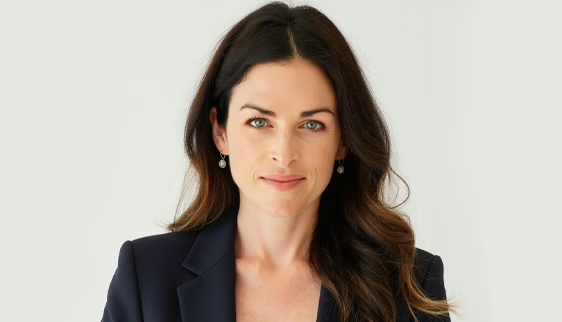
Dr Aifric Martin
MBBCh BAO MD MRCOphth FRANZCO
Locations
- Melbourne
Book a consultationwith Dr Aifric Martin
Dr Daniel McKay
MBBS(Hons) FRANZCO FRCPA
Locations
- Box Hill Retinal Clinic
Book a consultationwith Dr Daniel McKay
Dr Elvis Ojaimi
MBBS MMed FRANZCO MD
Locations
- Boronia
- Box Hill Retinal Clinic
Book a consultationwith Dr Elvis OjaimiReferences/further reading
- healthdirect. Cataract surgery. Haymarket, NSW: healthdirect, 2020. Available at www.healthdirect.gov.au/cataract-surgery [Accessed 7 July 2021].↩︎
- The Royal Australian and New Zealand College of Ophthalmologists (RANZCO). Preferred practice patterns: cataract and intraocular lens surgery. Surry Hills, NSW: RANZCO, 2016. Available at ranzco.edu/wp-content/uploads/2018/11/RANZCO-Cataract-PPP-2016.pdf [Accessed 7 July 2021]↩︎
- American Academy of Ophthalmology. Traditional Cataract Surgery vs. Laser-Assisted Cataract Surgery. USA 5 April 2022. Available at: https://www.aao.org/eye-health/diseases/traditional-vs-laser-assisted-cataract-surgery [Accessed 5 April 2022].↩︎
- Assam JH, Bernhisel A, Lin A. Intraoperative and postoperative pain in cataract surgery. Surv Ophthalmol 2018;63(1):75-85. doi: https://doi.org/10.1016/j.survophthal.2017.07.002↩︎
- Porela-Tiihonen S, Kaarniranta K, Kokki M et al. A prospective study on postoperative pain after cataract surgery. Clin Ophthalmol 2013;7:1429–1435. https://dx.doi.org/10.2147%2FOPTH.S47576↩︎
- Clark A, Morlet N, Ng JQ et al. Whole population trends in complications of cataract surgery over 22 years in Western Australia. Ophthalmology 2011 Jun;118(6):1055-61. https://doi.org/10.1016/j.ophtha.2010.11.001↩︎
- National Health Service (NHS). Overview: Cataract surgery. UK: Crown, 2021. Available at www.nhs.uk/conditions/cataract-surgery [Accessed 7 July 2021]↩︎
- 1. Lawless et al. Femtosecond laser-assisted cataract surgery. US Ophthalmic Rev, 2014;7(2):82-88. Doi: https://doi.org/10.17925/USOR.2014.07.02.82 Available from: https://www.touchophthalmology.com/articles/femtosecond-laser-assisted-cataract-surgery↩︎
- Clark et al. Whole population trends in complications of cataract surgery over 22 years in Western Australia. Ophthalmology. 2011 Jun;118(6):1055-61. doi: 10.1016/j.ophtha.2010.11.001.↩︎
- Keay et al. Falls and cataract: Investigating risk and predictors in older adults during their wait for surgery. (Poster) Agency for Clinical Innovation Ophthalmology Network Eye Forum: Eyes on the Future, 9 June 2017. Available from: https://aci.health.nsw.gov.au/__data/assets/pdf_file/0004/365224/The-FOCUS-Study-Poster.pdf↩︎
ResourcesThe information on this page is general in nature. All medical and surgical procedures have potential benefits and risks. Consult your ophthalmologist for specific medical advice.
Date last reviewed: 2025-10-17 | Date for next review: 2027-10-17










SurgeryAssist helps you access cataract surgery at Vision Hospital group day surgeries without private health insurance.
By self-funding your surgery, you can skip long wait times and get the care you need now. It also means you can choose a surgeon you trust, schedule your surgery for a time that suits you, and tailor your surgery to fit your lifestyle.
With SurgeryAssist, you only need to make one all-inclusive payment – there are no surprises.
Learn more and make an enquiry on the Vison Hospital Group website.